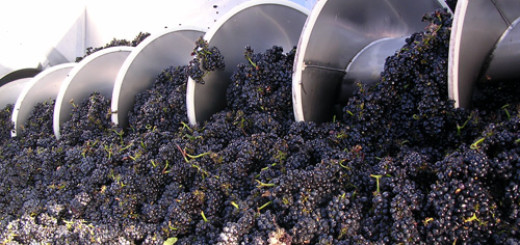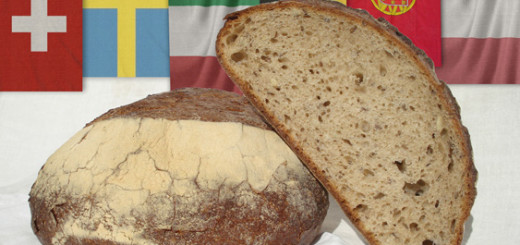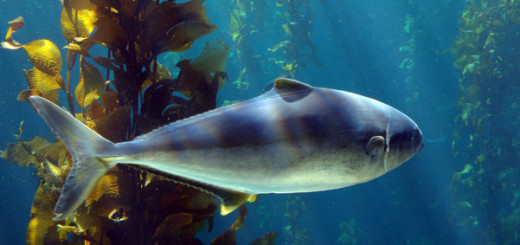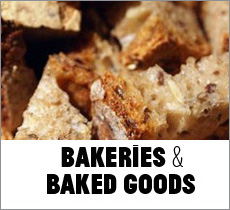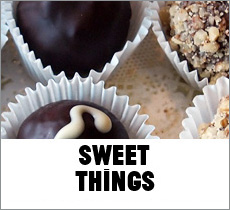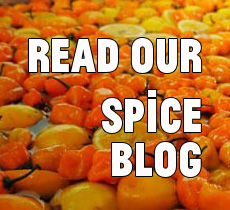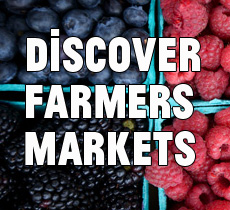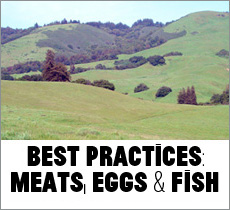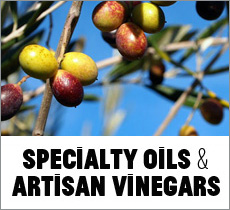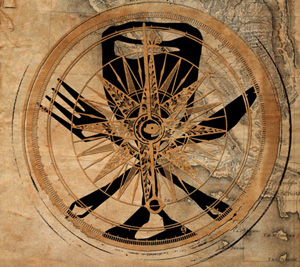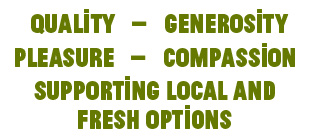Grower Champagne
Fear. It permeates the air when you walk into a fine wine shop or peruse the extensive wine list of a top-notch restaurant. Fear of the unknown. Fear of intimidating French verbiage. Fear of paying a high price for something you may not have heard of before. Although the big Champagne houses feed off this fear, you’ll need to overcome the hesitation to try something new if you want to discover many of Champagne’s greatest and newest treasures.
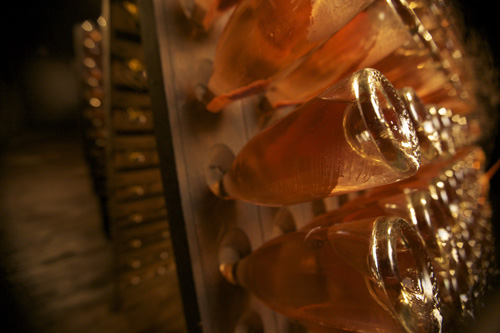
riddling racks in Napa Valley
The region of Champagne itself is structured much like most of the world’s other famous wine regions. Different sub-zones within Champagne excel at growing particular grape varieties based on their climate, soil, and exposure, what the French refer to as their specific terroir. Traditionally, the larger Champagne houses have utilized these different zones for blending to create a “house style” in the truest sense of the word. This helps guarantee that a bottle of Champagne tastes the same year after year, insuring that consumers will not be disappointed with an unfamiliar taste and can re-live special moments with a similar taste of their favorite Champagne, time and time again.
Unfortunately, too often it seems that big Champagne focuses more on branding than creative winemaking as they work to provide as consistent a wine every vintage as possible, almost like the standardized product one can purchase from widely franchised coffee shops. The lack of variation and spontaneity appearing in the wines produced by these Champagne houses alarms those of us who prefer to embrace the surprises Mother Nature provides in the vineyard, warts and all.
Champagne’s top houses do everything within their power to hide the many subtle (and not-so-subtle) variations in its terroir, which runs completely counter to the philosophical stance of every other major premium wine grape growing region in France. For example, Burgundy revels in the nuanced terroir shift between two vineyard sites that are within a stone’s throw, and Bordeaux loves to talk up its various communes of Pauillac, Pomerol, Pessac, et al. But, other than the occasional micro-cuvee here or there to please the wine geeks, Champagne tends to turn away from diversity and variation in favor of producing a consistently flavored product.
Fortunately, this is slowly starting to change, Champagne-grassroots style. A new generation of growers in Champagne has taken matters (and fruit) into their own hands and begun to produce some exciting, distinctive bubbles from their estate vineyards. In the past, many of these growers would have sold the bulk of their fruit to the larger houses, but now these Champenoise are producing vintages from their own grapes, albeit on a smaller level than the volume produced by larger houses. Celebrate these unique, special, and delicious wines and discover a whole new flavor landscape in a glass of Champagne.
Three of the grower movement’s brightest stars offer Champagnes of outstanding quality and value:
Jean Milan
Located in the southerly village of Oger (Chardonnay country to be sure) Caroline Milan produces thrilling micro-cuvees of Grand Cru Champagnes at reasonable prices. Check out her Carte Blanche (white label) bottling as well as the just-released Grande Reserve 1864, which spent the last nine years en tirage (aging on its lees) before bottling. Stylistically, it’s akin to sparkling white Burgundy in the glass. Gorgeous stuff.
Henri Billiot
Can you say “Yum”? Billiot’s wines are fabulous: deceptively concentrated Champagne pillows based on Grand Cru Pinot Noir grapes from the village of Ambonnay. His 2002, from a great vintage, is about as succulent, nectary and friendly as great Champagne gets. Does “Ambonnay” sound familiar? That’s because Krug’s new “bling” bottling, Clos d’Ambonnay, comes from the same neck of the woods from the same quality fruit. Billiot’s 2002 vintage retails for around $70, Krug’s Clos d’Ambonnay over 50 times that. I’m just sayin’.…
Camille Savès
In the US, pink Champagne is even scarier to consumers than the regular stuff. The concept of “pink” promising “sweet” still permeates the buying habits of casual wine drinkers. In Champagne, it is quite the contrary. In fact, I personally feel it is much more difficult for producers to make great Rosé Champagne, as there is another, tricky facet to the winemaking, namely the addition of red still wine or the much rarer saignée method of leaving a little color in the Pinot Noir grapes prior to vinification. Camille Savès produces their dry Rosé bubbly using still wine from old Pinot Noir vines in Bouzy (remember Bouzy Rouge?), giving this wine another level of complexity and structure that marries perfectly with all that lip-smacking, forest strawberry-inflected fruit.
Kyle Meyer, co-founder of BestWinesOnline.com and formerly of Wine Exchange and theWineryChannel.tv, recorded “matter of fact” Hot Legs Wine Reviews podcasts, available free at iTunes. This article first appeared on colorandaroma.com photo: Bret Lyman
